Lightning Sparks Multiple Wildfires as Red Canyon Blaze Explodes in Wyoming’s Bighorn Basin
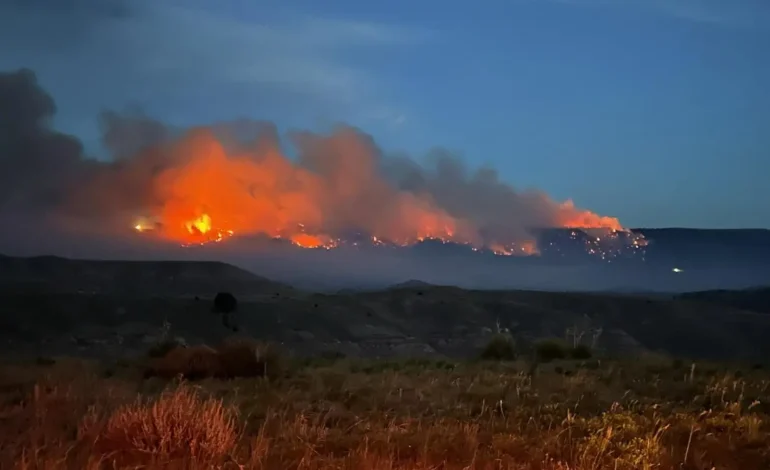
The calm stretch of Wyoming’s summer just went up in smoke — literally. After a relatively quiet July, a burst of lightning storms has triggered a rash of wildfires across the state, and the Bighorn Basin is now the epicenter of the action. The most urgent: the Red Canyon Fire outside Thermopolis, which roared from a small ignition on Wednesday night to a sprawling inferno covering an estimated 20,000 acres by Thursday evening.
Officials have issued evacuation orders for rural areas in the fire’s path, including Red Hole, Kirby Creek, and Buffalo Creek. The Hot Springs County Sheriff’s Office is urging residents to leave immediately if they’re in those zones — and to keep 911 lines open for true emergencies. Road closures include Black Mountain Road just west of Kirby Creek Road.
“This is a very active fire,” said James Coates, secretary for the Thermopolis Volunteer Fire Department, which has been battling the blaze since about 6 p.m. Wednesday. “It’s still many miles from town, but there are parts of Thermopolis that are feeling the smoke.”
Coates described the fire’s location as rugged, remote, and perfect for trouble — with bone-dry grasses and brush ready to go up in flames at the slightest spark.
The Red Canyon Fire has already drawn a large-scale firefighting response. Wyoming State Forester Kelly Norris confirmed that helicopters, large air tankers, and single-engine air tankers are pounding the fire’s perimeter, while ground crews work in areas they can reach. But access is tricky, and much of the terrain is hard to navigate. A Type 3 Bureau of Land Management incident management team is taking over to coordinate the effort, bringing in more boots on the ground and organizing aerial attacks.
And the Red Canyon Fire isn’t the only problem. Two other wildfires are flaring up in the region: the Spring Creek Fire near Ten Sleep, estimated at 1,000 acres but burning actively along timbered ridges, and the Sleeper Ranch Fire northeast of Meeteetse, also near 1,000 acres. Both will be managed by a state incident command team.
The outbreak follows a lightning barrage that may have sparked as many as 20 separate fires across Wyoming on Wednesday, with ignitions reported in Crook, Campbell, Johnson, Converse, Uinta, Lincoln, and Sublette counties. For Norris, the message is clear: fire season has arrived.
“We are very dry and need to be aware of the fire risk,” Norris warned. “While we’re managing these fires, we don’t need any others.”
Last year’s wildfire season burned 840,000 acres statewide, the worst since Yellowstone’s historic 1988 fires, and state officials are wary of a repeat. Large blazes are also sweeping other western states, from Montana to Utah and Idaho. In Colorado, the Lee Fire has scorched more than 127,000 acres.
For Thermopolis residents, the Red Canyon Fire is a visible — and ominous — reminder of just how quickly conditions can change. Councilwoman Rachel Hughes said smoke was already drifting through the hills and into town.
“When I woke up this morning, there was smoke all around,” she said.
An evacuation center has been set up at the Thermopolis Fire Hall at 400 S. 14th Street. Authorities are also reminding the public that drones are prohibited in the area to avoid interfering with firefighting aircraft.
“This is a critical time,” Norris said. “If these fires get a strong hold, they could go for weeks.”
It’s mid-August in Wyoming — and the tinderbox is officially open for business.
With input from WyoFile, Oil City News, Cowboy State Daily, and County 10.
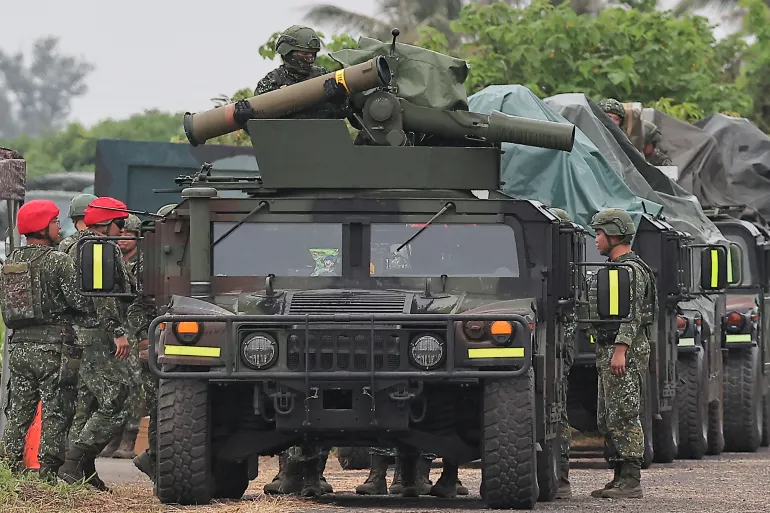

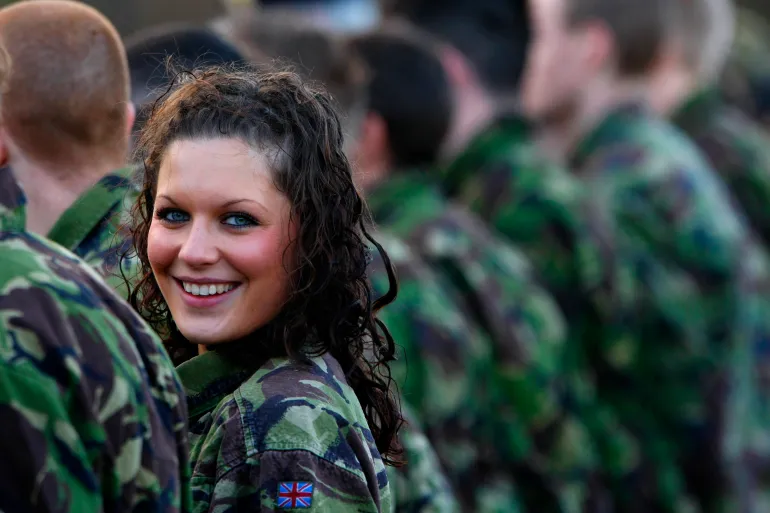
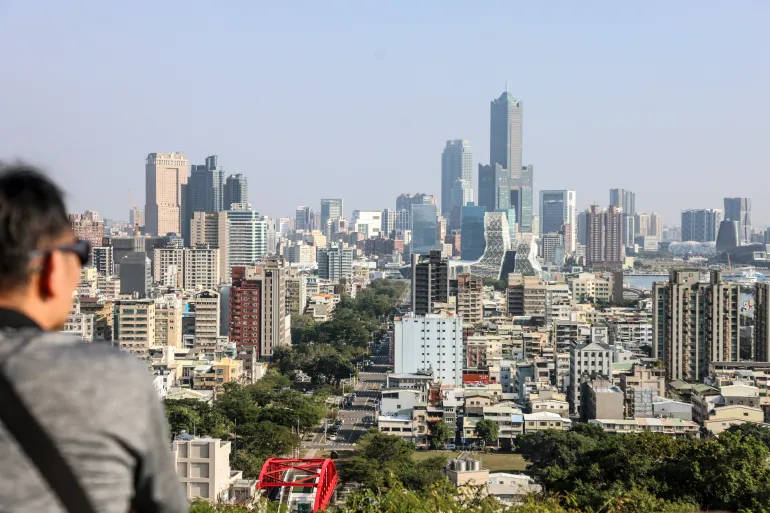
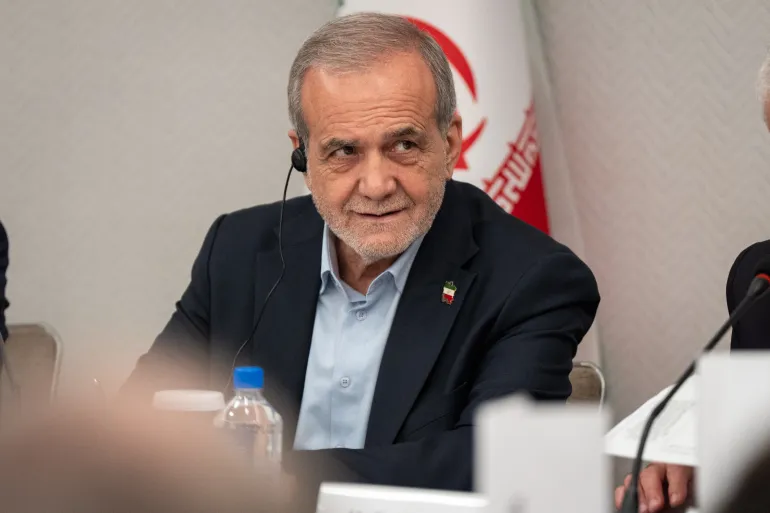

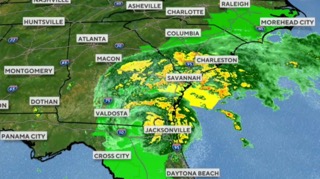
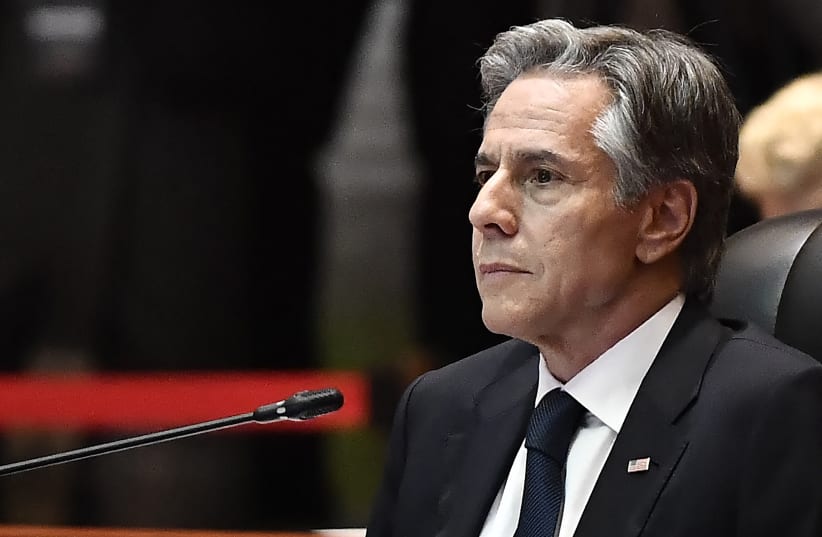

The latest news in your social feeds
Subscribe to our social media platforms to stay tuned